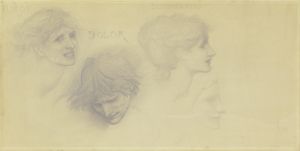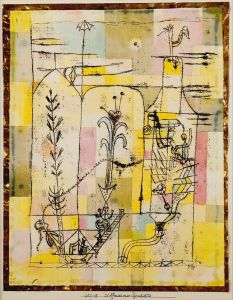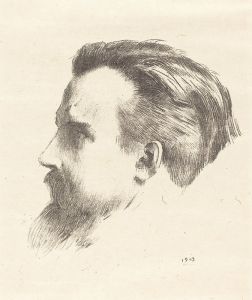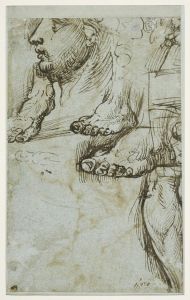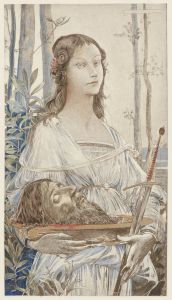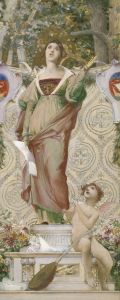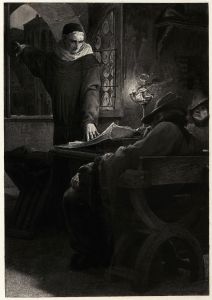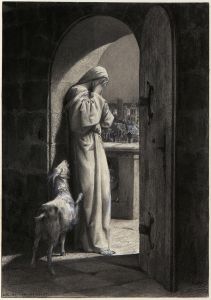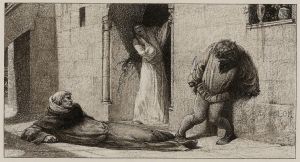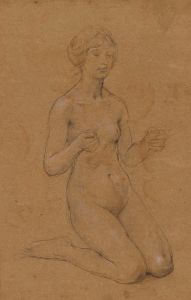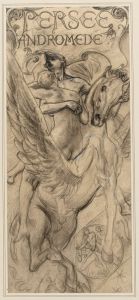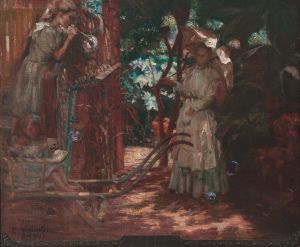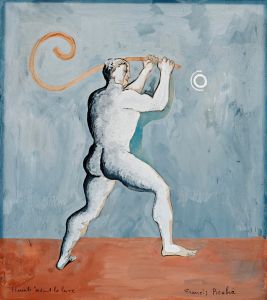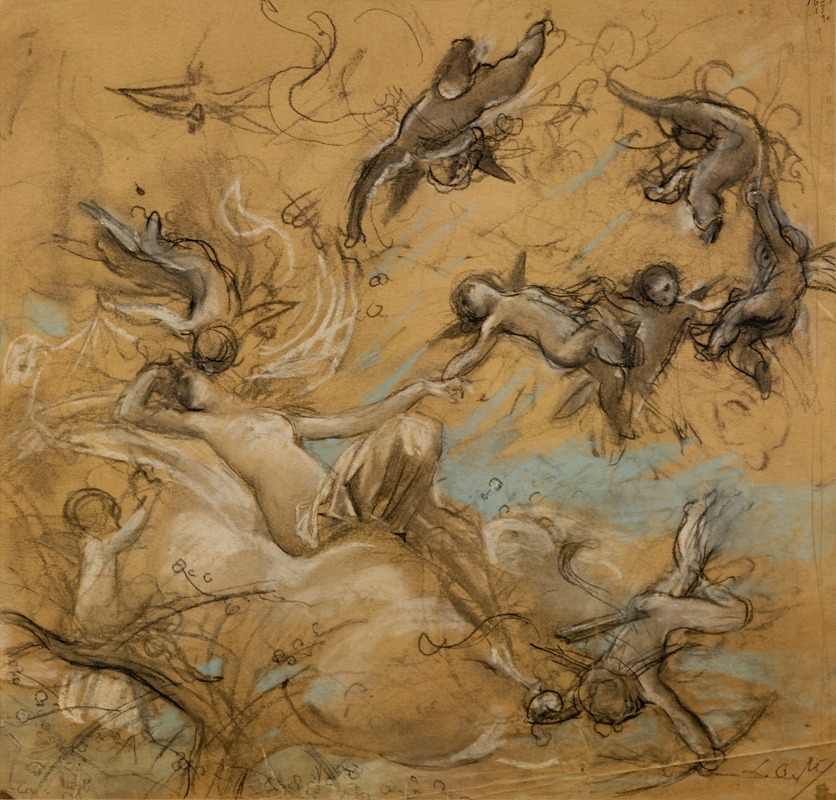
Étude de figures volantes
A hand-painted replica of Luc-Olivier Merson’s masterpiece Étude de figures volantes, meticulously crafted by professional artists to capture the true essence of the original. Each piece is created with museum-quality canvas and rare mineral pigments, carefully painted by experienced artists with delicate brushstrokes and rich, layered colors to perfectly recreate the texture of the original artwork. Unlike machine-printed reproductions, this hand-painted version brings the painting to life, infused with the artist’s emotions and skill in every stroke. Whether for personal collection or home decoration, it instantly elevates the artistic atmosphere of any space.
Luc-Olivier Merson was a notable French painter and illustrator, recognized for his contributions to the Symbolist movement in art. One of his works, "Étude de figures volantes," exemplifies his skill in capturing ethereal and imaginative subjects. Merson was born in Paris on May 21, 1846, and he developed a keen interest in art from a young age. He studied under Gustave Chassevent-Bacques and Isidore Pils at the École des Beaux-Arts in Paris, which was a significant influence on his artistic development.
Merson's work is characterized by its meticulous attention to detail and a penchant for blending realism with fantastical elements. "Étude de figures volantes," which translates to "Study of Flying Figures," is a testament to his ability to depict movement and grace in his figures. Although specific details about the creation and exhibition of this particular piece are scarce, it is consistent with Merson's broader body of work, which often explored themes of mythology, religion, and allegory.
Throughout his career, Merson was known for his versatility, working not only in painting but also in illustration and design. He contributed illustrations to various publications and was involved in designing postage stamps and banknotes, showcasing his ability to work across different media. His artistic style often incorporated elements of the Symbolist movement, which sought to express ideas and emotions through symbolic imagery and themes.
Merson's reputation was solidified by his participation in the Paris Salon, where he exhibited regularly. He received numerous accolades for his work, including the prestigious Prix de Rome in 1869, which allowed him to study in Italy. This experience further enriched his artistic perspective, as he was exposed to the works of Renaissance masters and the rich cultural heritage of Italy.
In addition to his painting and illustration work, Merson was also a respected teacher. He taught at the École des Beaux-Arts, where he influenced a new generation of artists. His contributions to the arts were recognized by the French government, which awarded him the Legion of Honor, one of the highest distinctions in France.
While "Étude de figures volantes" may not be as widely recognized as some of Merson's other works, it remains an important part of his artistic legacy. The piece reflects his fascination with movement and the human form, as well as his ability to convey a sense of otherworldliness. Merson's work continues to be studied and appreciated for its technical skill and imaginative vision.
Luc-Olivier Merson passed away on November 13, 1920, but his influence on the art world endures. His ability to blend realism with fantasy and his contributions to various artistic disciplines make him a significant figure in the history of French art. "Étude de figures volantes" is just one example of his enduring legacy, capturing the imagination of those who encounter it.





